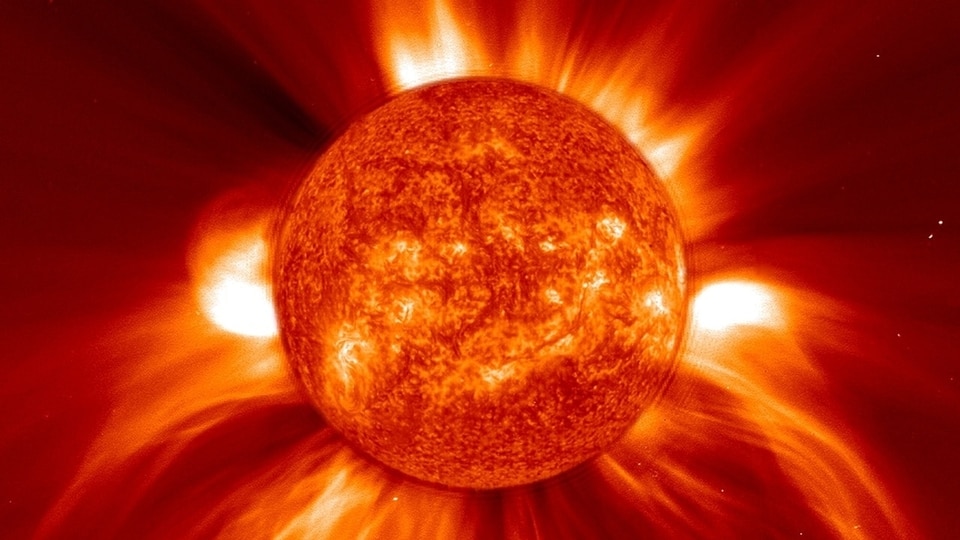Earth is plagued by solar winds! What are these and how do they trigger solar storms, NASA explains
Solar winds have recently been one the primary reasons behind solar storms on Earth. But what exactly are they? NASA reveals the truth.
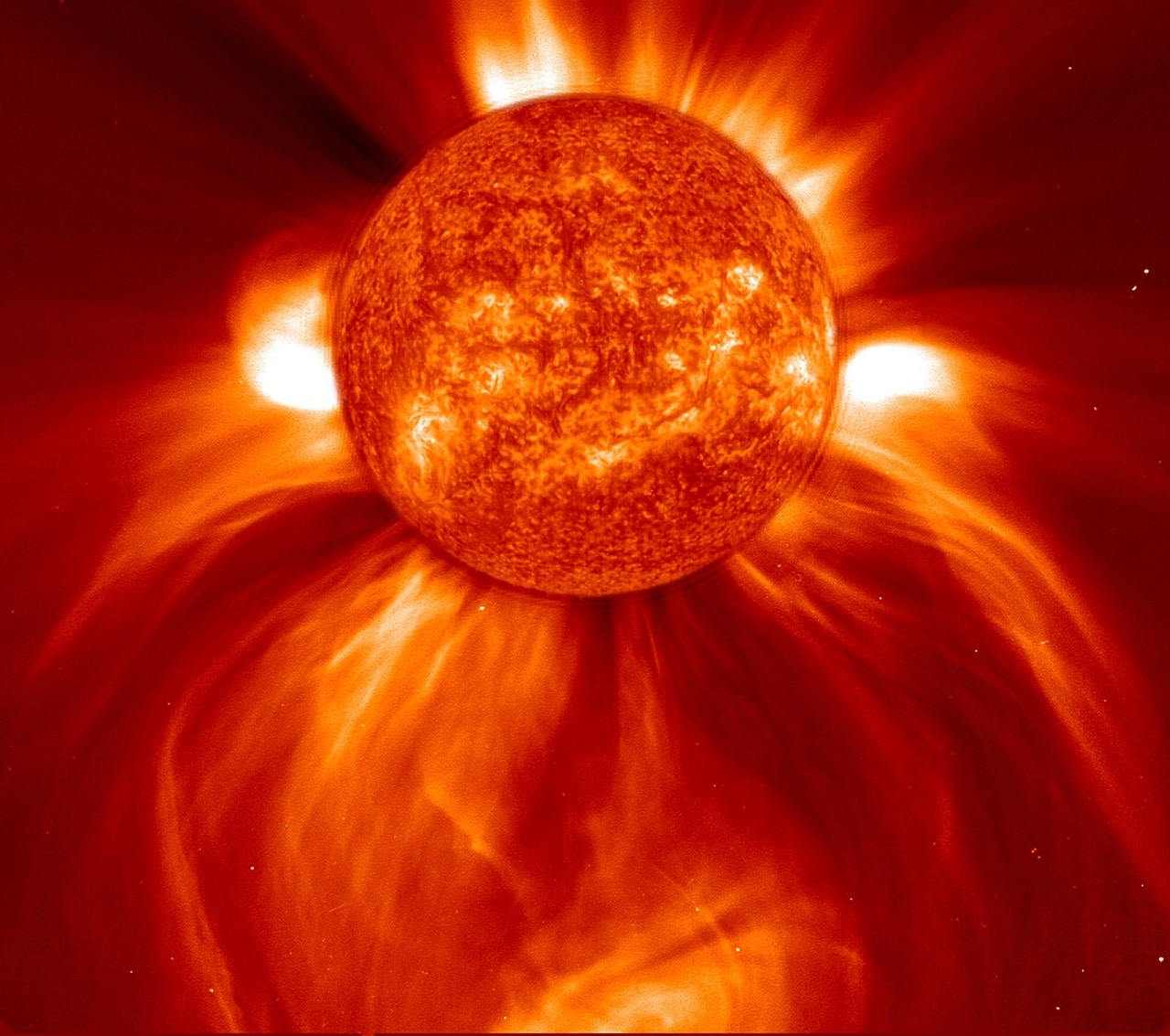
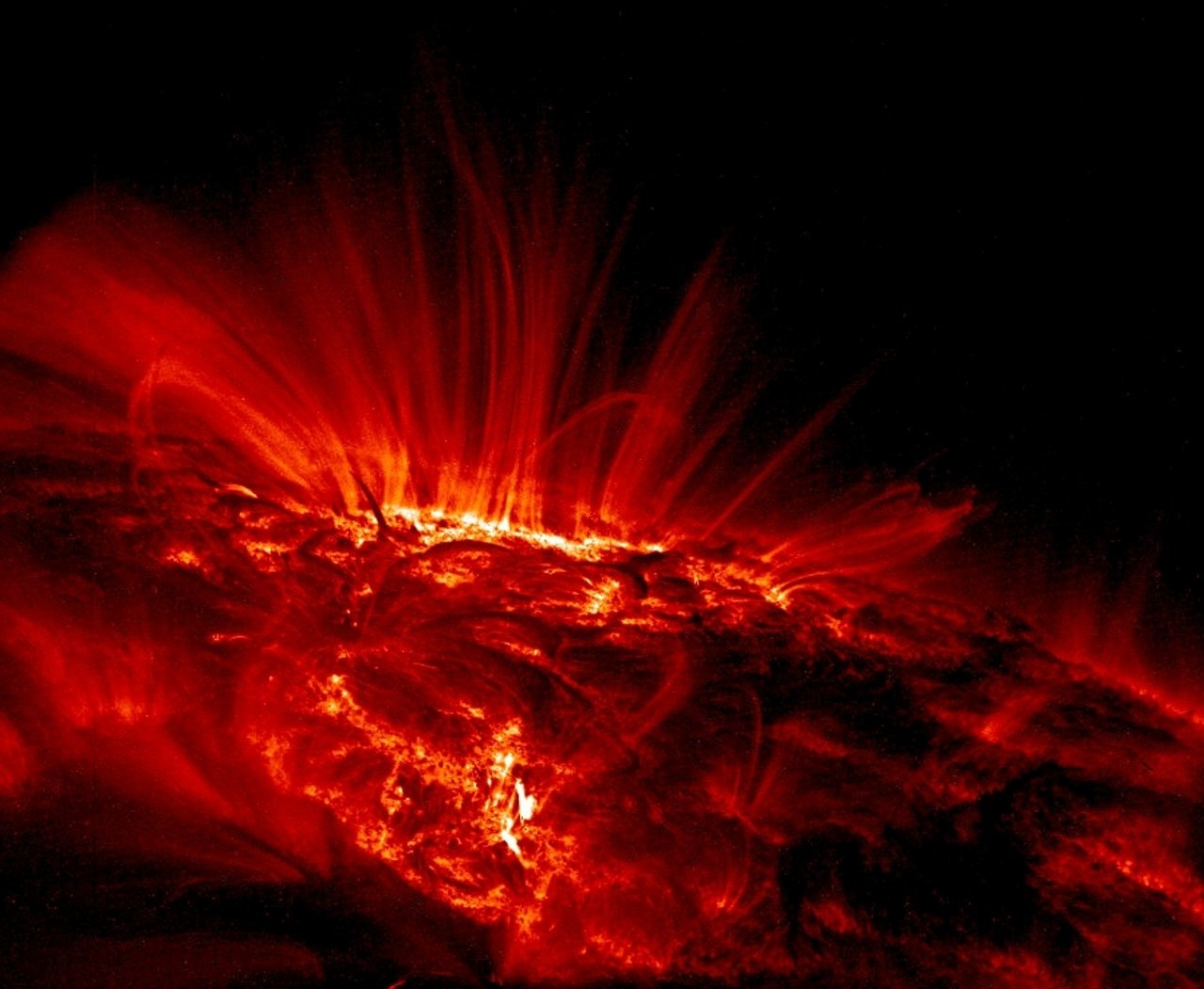
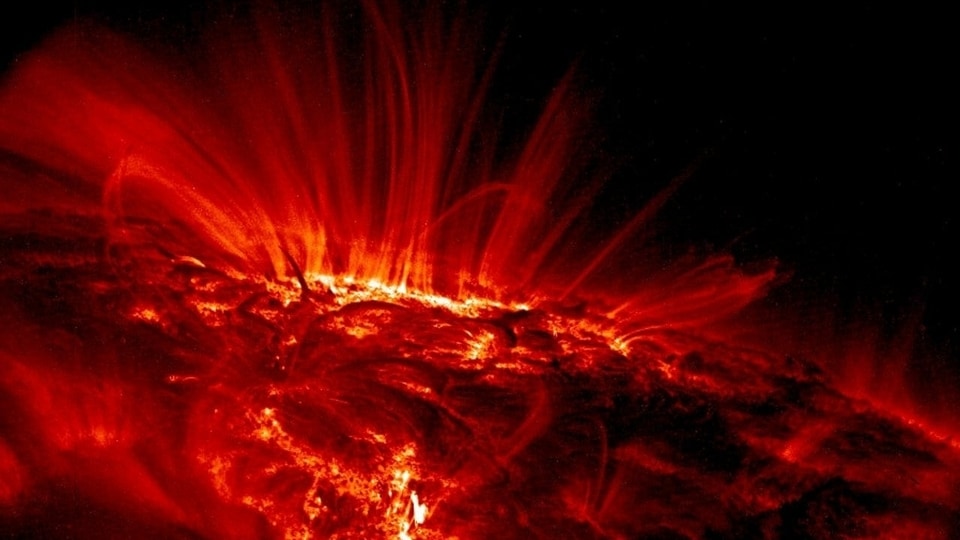
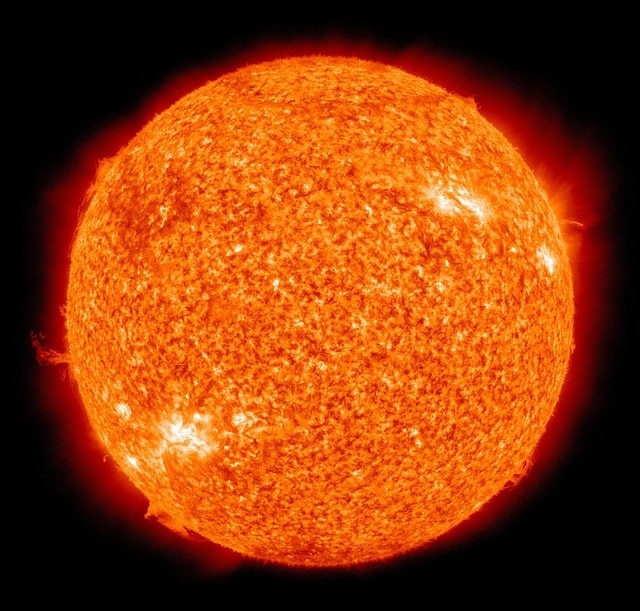
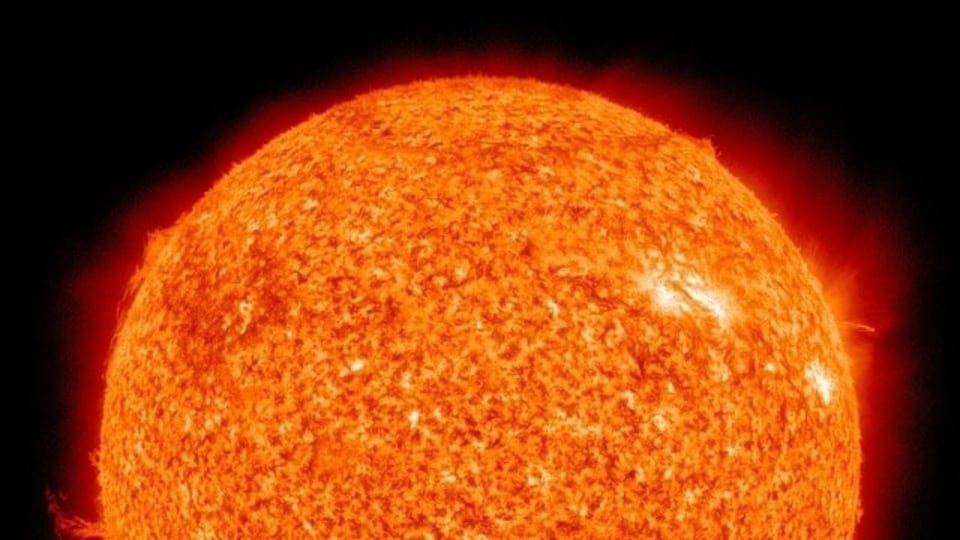
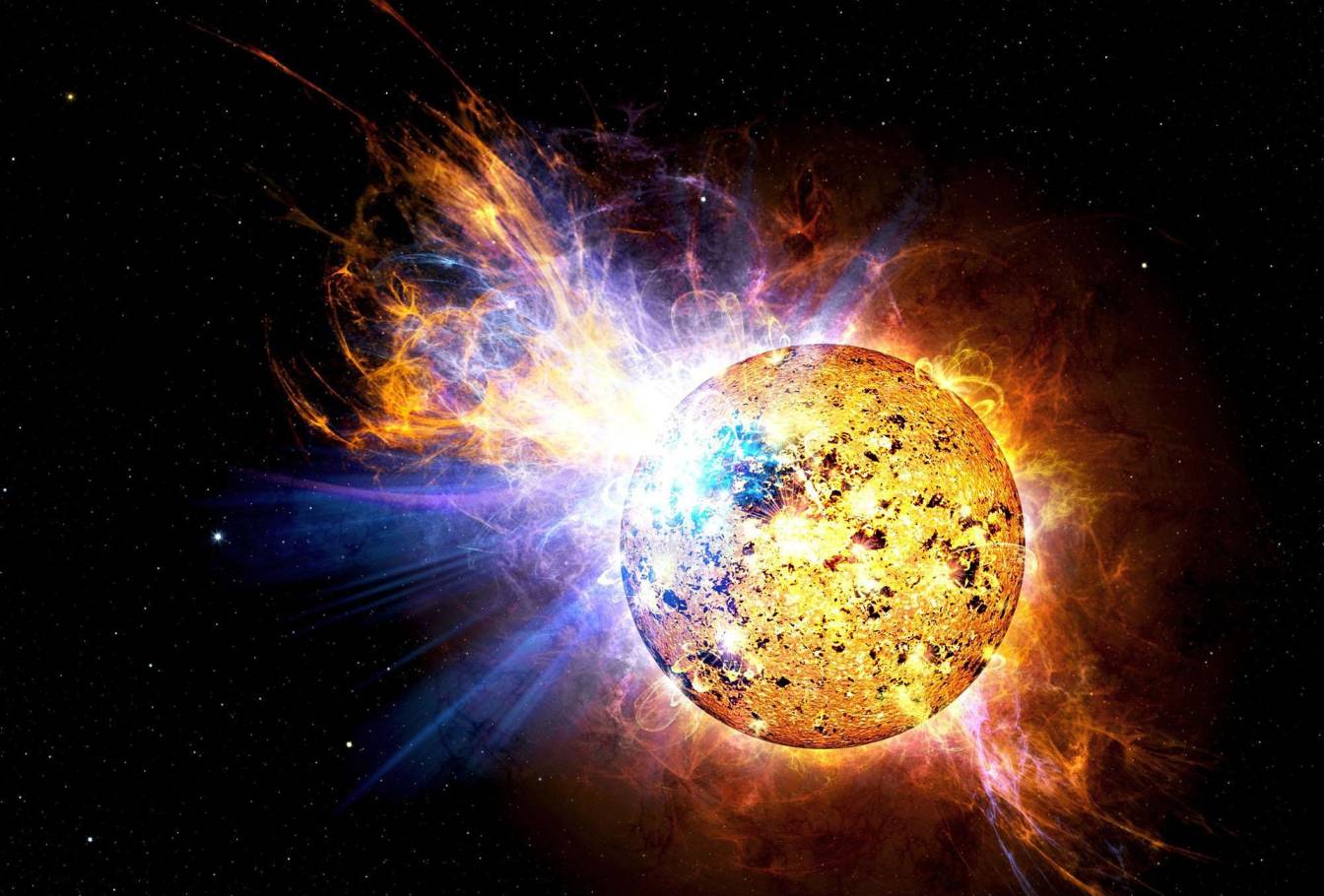

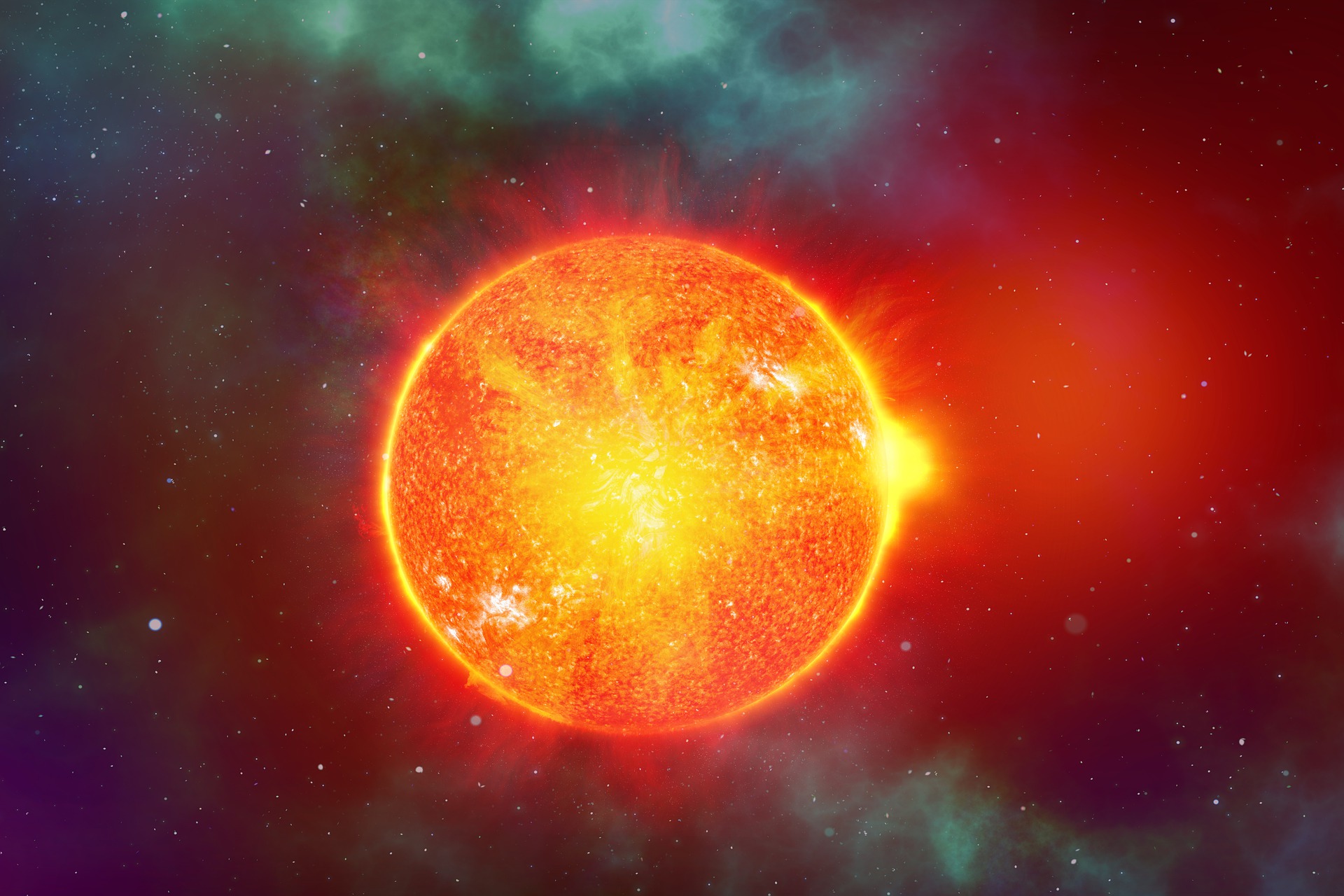
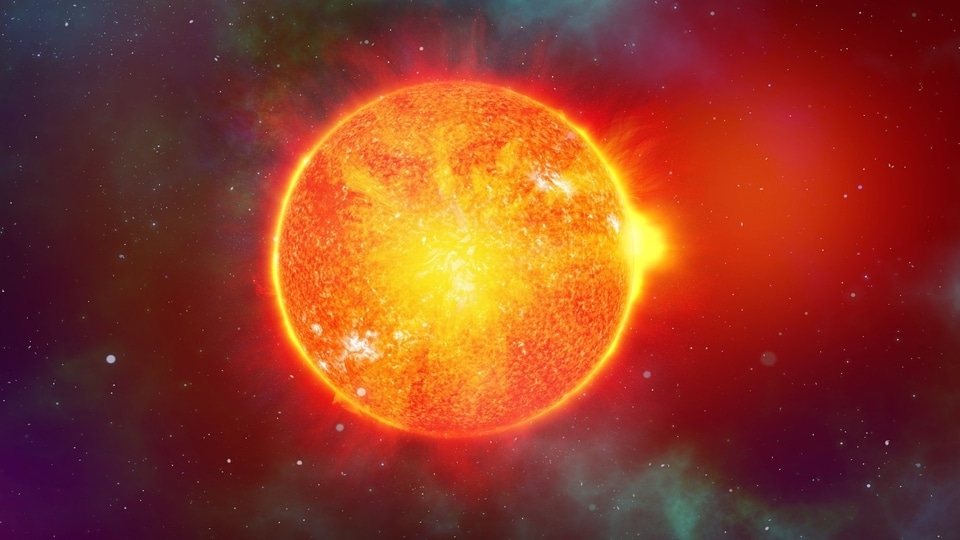
First Published Date: 14 Dec, 13:26 IST
NEXT ARTICLE BEGINS


